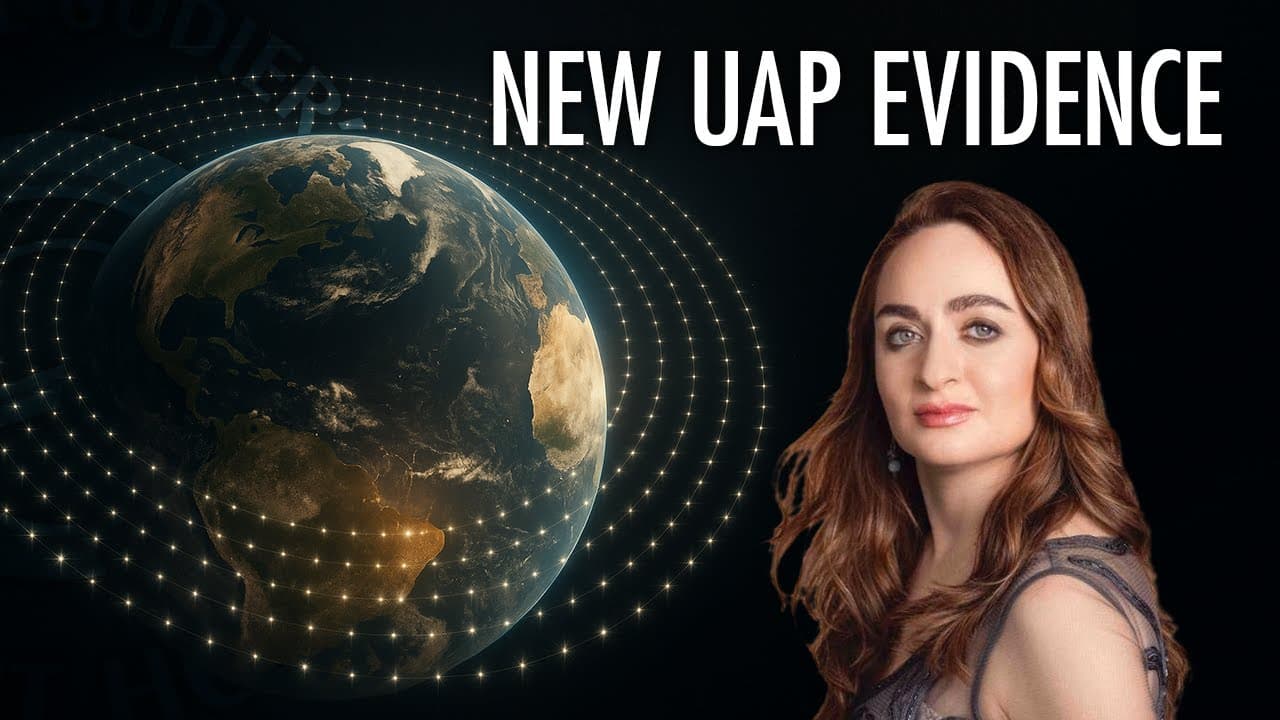Pre-Sputnik Sky Anomalies Show 22-Sigma Shadow Deficit, Hinting at Unidentified Orbital Objects

A new peer-reviewed scientific paper by Dr. Beatriz Villarroel and her team presents compelling evidence suggesting the presence of unidentified, highly reflective objects in Earth's orbit decades before the launch of Sputnik 1, challenging conventional understanding of early space activity. The research, which has passed peer review, was highlighted by former U.S. Navy pilot and prominent UAP advocate Ryan Graves, who stated in a recent tweet: > "Proud to see @DrBeaVillarroel’s paper pass peer review. How do we interpret the detection of objects around Earth prior to humans first steps into space? What are they? Are they still here? Where else can we find pockets of data to provide answers?"
The study, titled "Aligned, multiple-transient events in the First Palomar Sky Survey," builds upon the ongoing "Vanishing and Appearing Sources during a Century of Observations" (VASCO) project. This initiative scrutinizes digitized astronomical photographic plates from the mid-20th century, specifically the Palomar Sky Survey, to identify transient phenomena that cannot be explained by known celestial or instrumental causes. Previous work by Villarroel's team in 2021 first brought attention to nine mysterious, simultaneous point-like objects observed on a 1950 plate that appeared and vanished without explanation.
A central finding of the new paper is a highly significant 22-sigma deficit of these transient events within Earth's shadow. This robust statistical anomaly suggests that sunlight illumination is necessary for their detection, strongly supporting the hypothesis that these are "glints" from highly reflective surfaces rather than photographic plate defects or other artifacts. This "shadow test" provides crucial empirical evidence distinguishing physical reflections from random imperfections on the plates.
Further intensifying the mystery, the research identifies statistically significant alignments of multiple transients on these historical plates. The study also notes intriguing temporal correlations, with some events coinciding with well-documented historical Unidentified Aerial Phenomena (UAP) reports, such as the 1952 Washington D.C. "UFO flap" and the 1954 UFO wave. The convergence of these independent correlations suggests the transients are not random artifacts but potentially linked to physical phenomena.
The implications of these findings are far-reaching, potentially redefining our understanding of objects in Earth's vicinity during the pre-spaceflight era. Dr. Villarroel's work contributes significantly to the scientific investigation of UAPs and opens new avenues for exploring archival astronomical data for signs of non-terrestrial artifacts. The research underscores the importance of continued scrutiny into historical observations to answer fundamental questions about unknown phenomena in our skies.